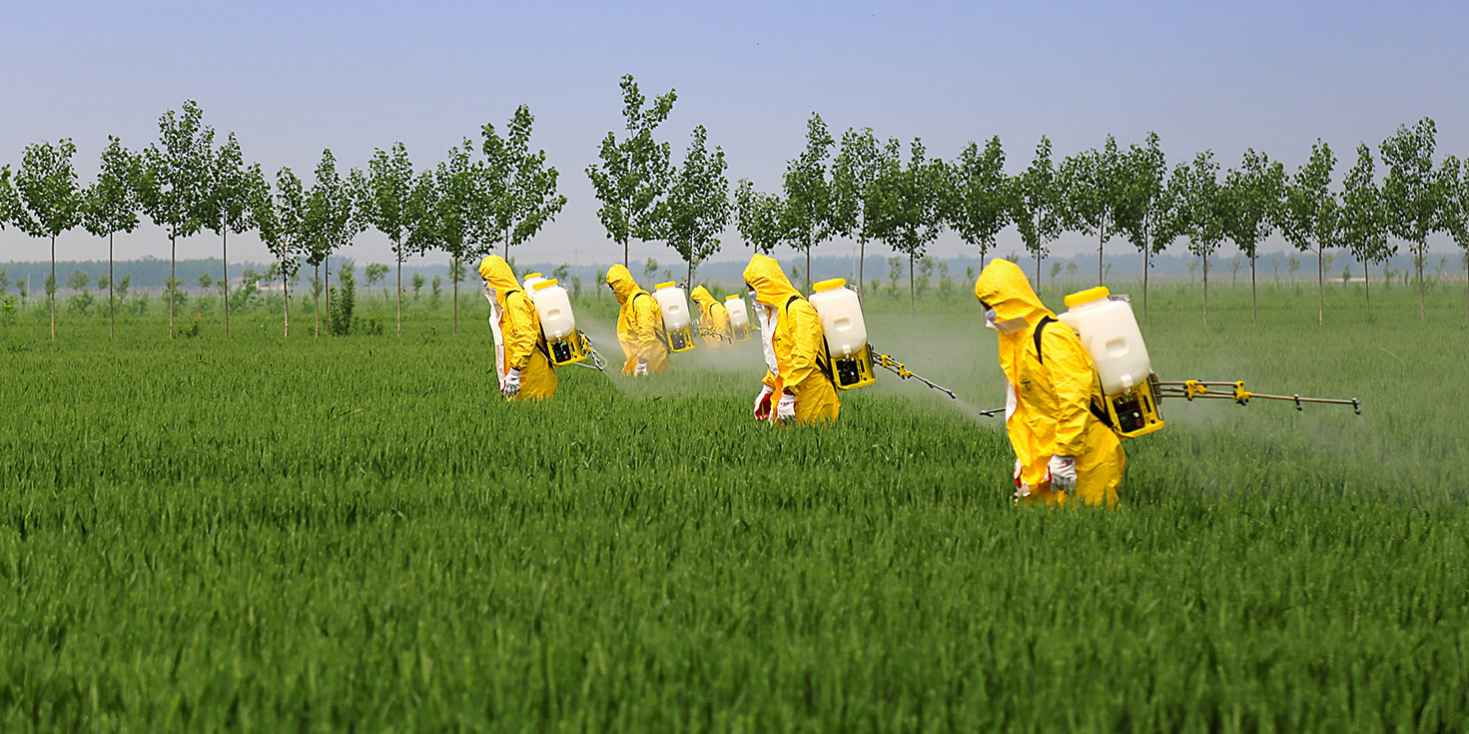Traditional clothing is often constructed and treated with chemicals that help soften them or prevent them from getting stained or wrinkled. Those chemicals have been linked to adverse health effects such as skin irritation, developmental issues, and even cancer.
We wanted to take a look at the common chemicals lurking in your wardrobe.
Waterproof clothing
Clothing that use this term usually contains a toxic class of chemicals called per- and polyfluoroalkyl substances (PFAS).
PFAS became popular in the US around the 1940s when manufacturing companies realized they could resist heat, grease, stains, and water. They're often referred to as "forever chemicals" since they can linger in the environment for thousands of years. Though many PFAS have been phased out of the manufacturing industry, the chemicals are still found and used in leather and textile manufacturing. Labels that contain the words Gore-Tox or Teflon may signal the presence of PFAS, which are commonly found in outdoor gear like Patagonia or Columbia and "moisture-wicking" workout clothes like Lululemon. Exposure to PFAS has been associated with kidney and testicular cancers, liver damage, and developmental issues.
Formaldehyde
If you see words like “Wrinkle-Free”, most likely your clothing contains formaldehyde. Manufactures use this chemical to help keep wrinkles and stains out of clothing. Formaldehyde can’t be washed away or scrubbed off and will always be present on these articles of clothing.
Inhaling the chemical has been linked to asthma, nausea, and even cancer, absorption through clothing is more commonly associated with dermatitis, which tends to affect those already allergic to the chemical. Symptoms of dermatitis include rashes, blisters, and itchy, dry skin.
Phthalates
Phthalates are known for making substances like plastic durable and flexible. Although there has been a federal ban on phthalates in toys and children's products in 2008, the chemicals continue to be used in clothing manufacturing. These are found in jeans, workout clothing, and raincoats. In 2012, the environmental watchdog Greenpeace sampled more than 140 clothing items and detected phthalates in 31 garments. Three t-shirts and a pair of underwear from popular clothing brands had "very high" concentrations of phthalates, meaning the chemical comprised up to 38% of their weight.
The chemicals have been linked to ADHD, asthma, diabetes, and breast cancer, along with a number of reproductive issues, including decreased reproductive functions in men and endometriosis in women.
Toxic Dyes
The blue dye that rubs off your new pair of jeans is likely azo dye, the most common form of dye used in textile production.
Azo dyes can release cancer-causing chemicals called amines and have been found to be carcinogenic. Certain forms of azo dyes have already been banned from clothing in the European Union. Some also require a warning label under California's Proposition 65 — a state law that requires businesses to alert residents about significant exposures to toxic chemicals — though there is no ban in the US.
Pesticides
Clothing manufacturers typically use hazardous pesticides which including aldicarb, phorate, methamidophos, glyphosate, and endosulfan. Most of these insecticides are considered carcinogenic and are also linked to autism. The clothing industry basically doesn’t regulate how much of these chemicals go into the materials during production and there is a high percentage that ends up on the finished product. Even after sufficiently washing your clothing, these chemicals are still present.
What now? Educate yourself and your network. These chemicals are terrible for humans and the environment so eat, wear, and purchase organic whenever you can. It'll make a difference in the long run.




Leave a comment
This site is protected by hCaptcha and the hCaptcha Privacy Policy and Terms of Service apply.